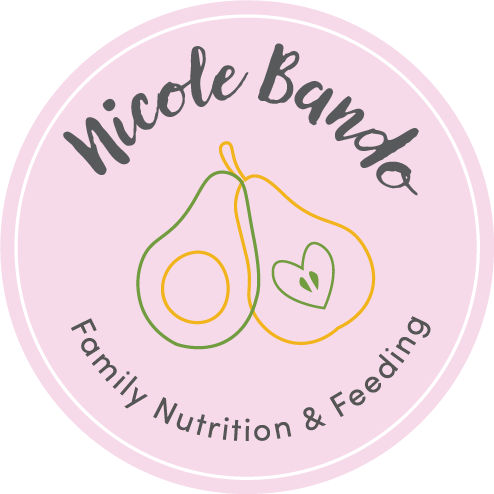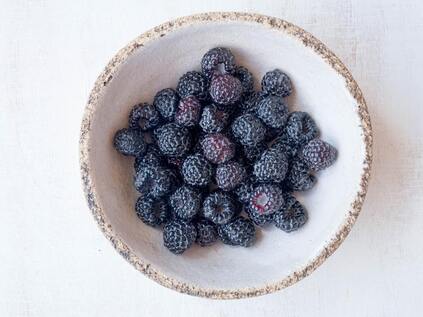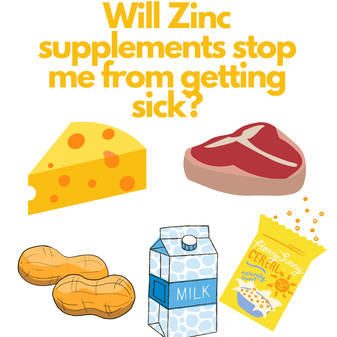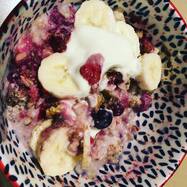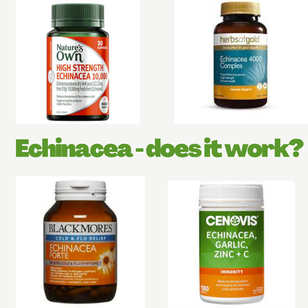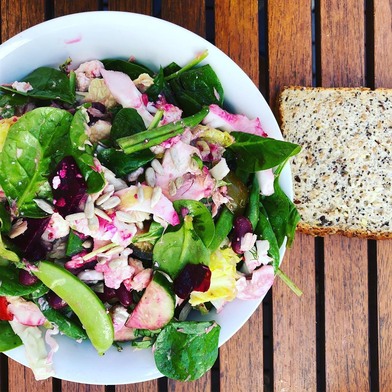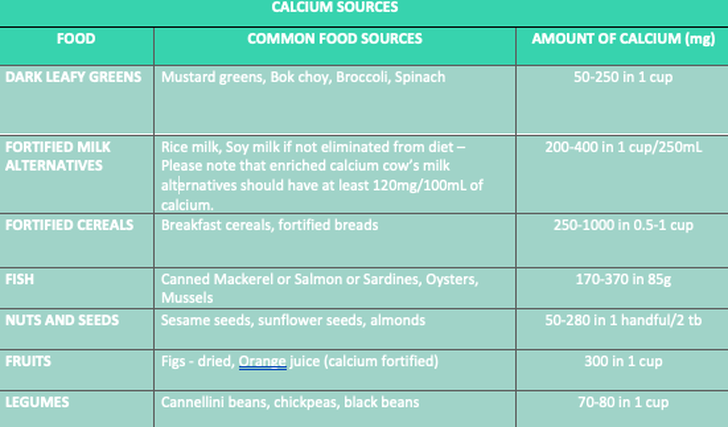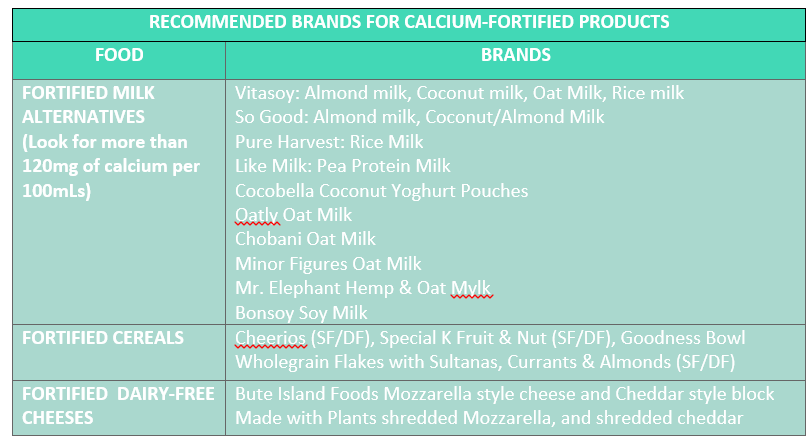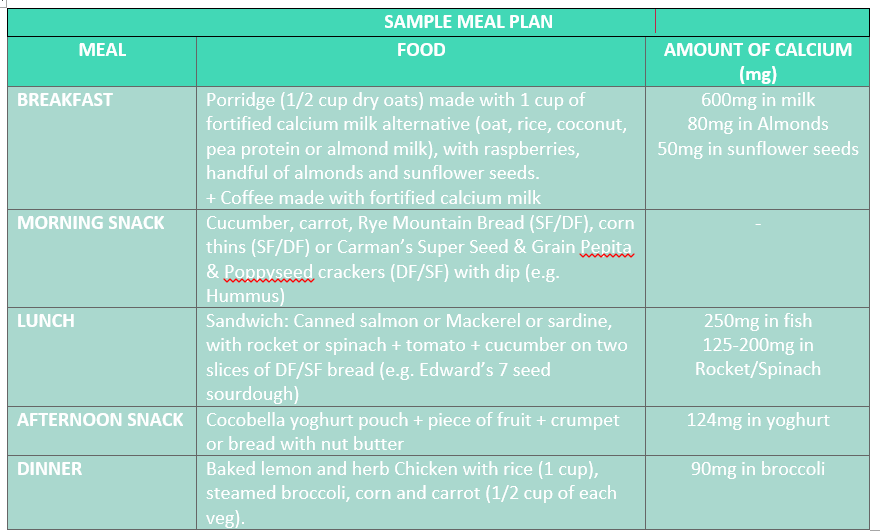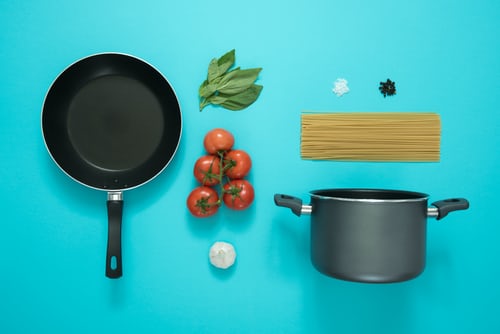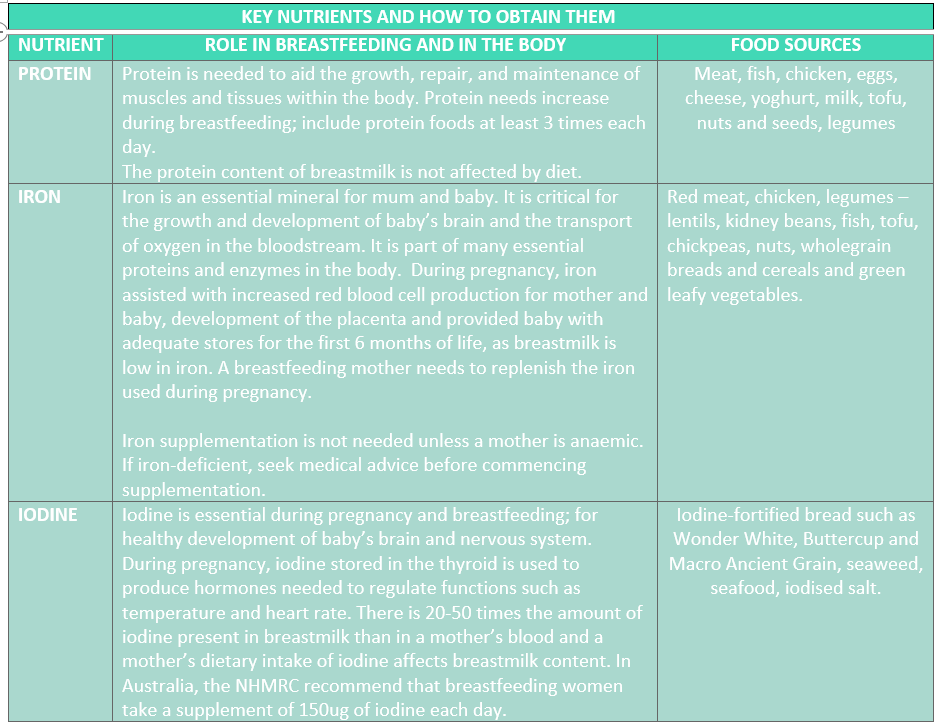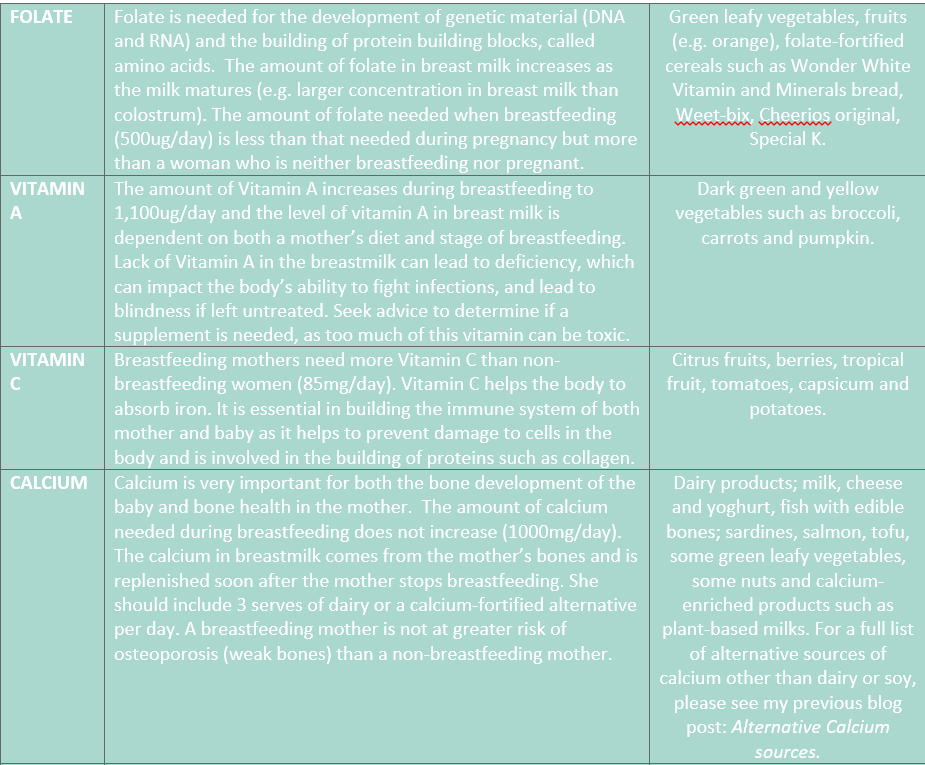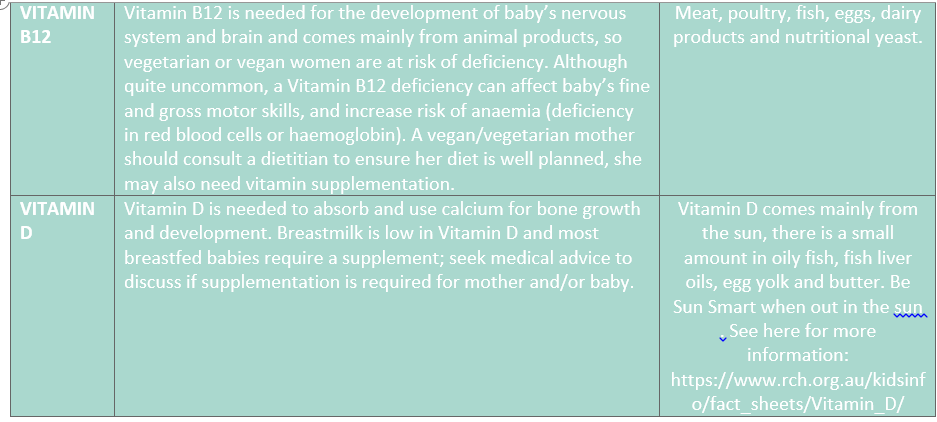By Emma McShane & Nicole Bando, March 2022
Some people need to remove dairy and soy products from their diet due to a food allergy or intolerance. As these foods contain vital nutrients, including protein and calcium; important for the health of our bones and muscles, dairy and soy should be replaced with nutritious substitutes. This easy to follow guide provides simple swaps to help you enjoy the foods you love and get the nutrients you need.
*Please note that this resource is a guide only. Always check the ingredient labels of foods, medications and supplements for allergens, as ingredients may change. This resource displays food products labelled as dairy-free (DF*) or soy-free (SF*) or both. Products ‘may contain traces’ of either soy or dairy, please consult with your allergist or dietitian for guidance. Please note that plant based milks may not meet the growth needs of young children, seek advice from a dietitian. Daily calcium requirements vary according to age and gender.
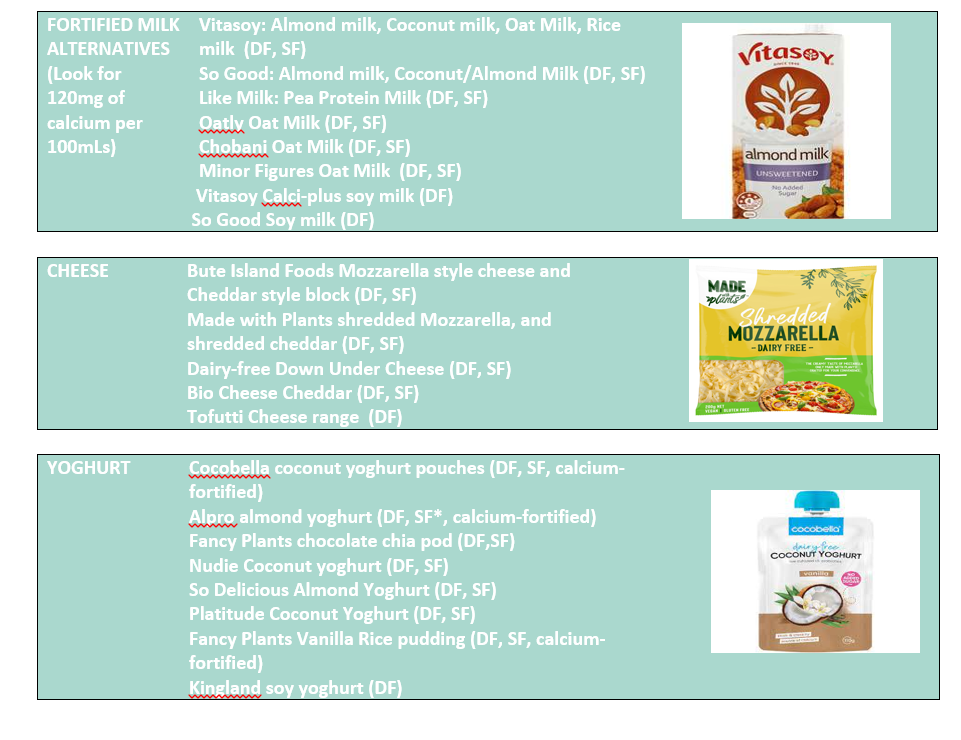
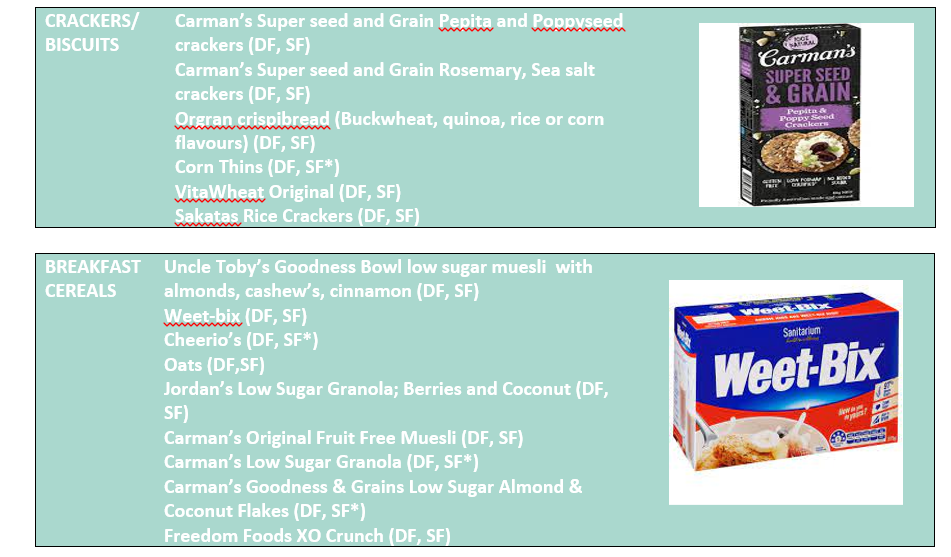
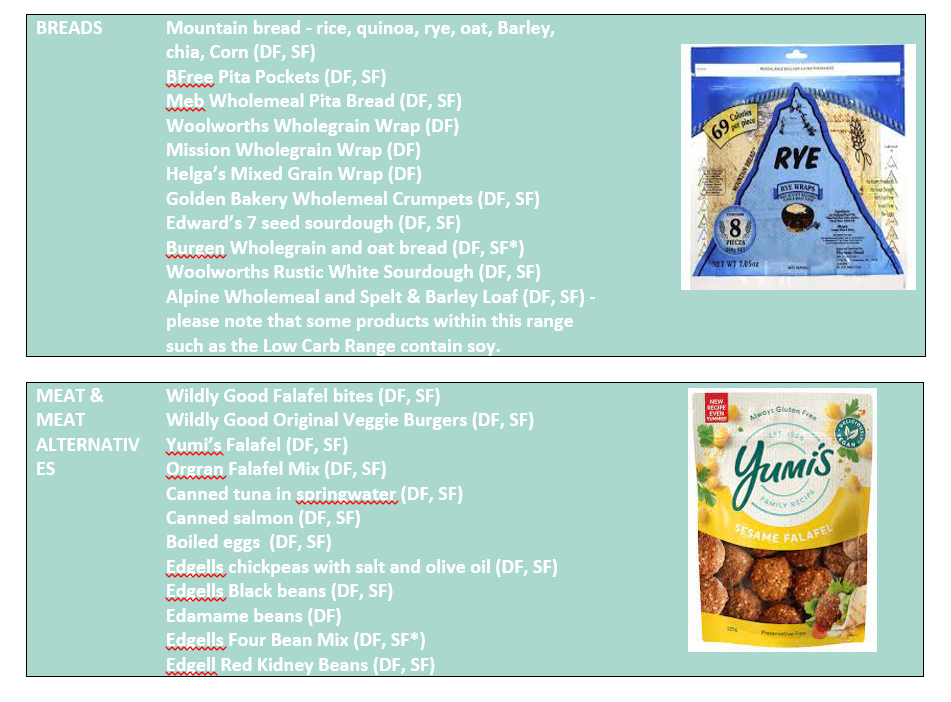
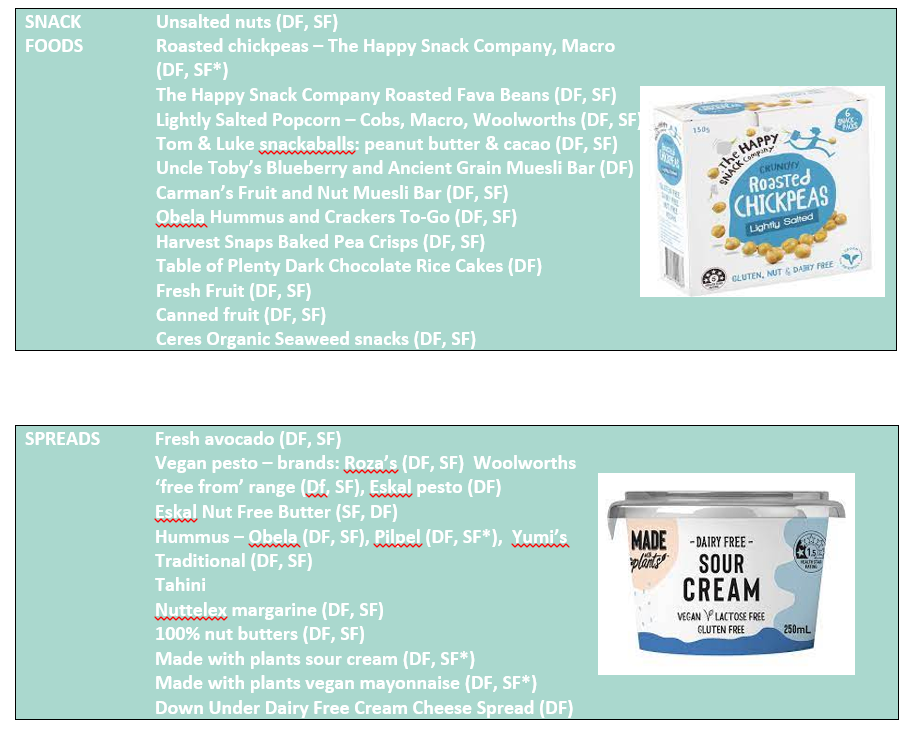
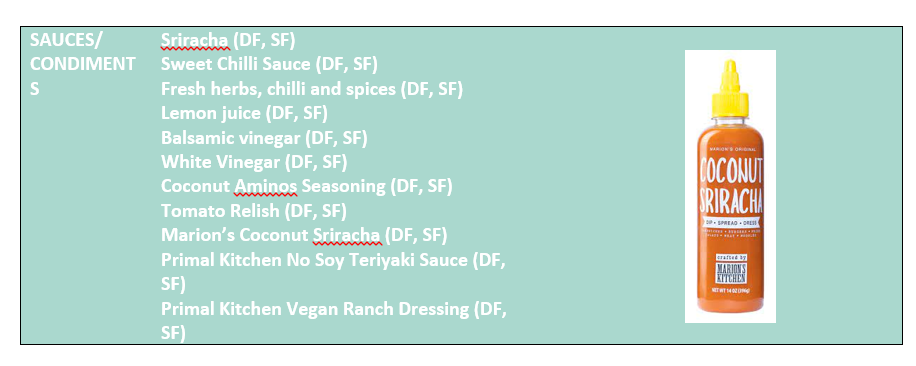
For further label reading advice, see:
https://www.allergy.org.au/images/pcc/ASCIA_PCC_Dietary_avoidance_cows_milk_soy_2015.pdf
This does not substitute individual dietary and medical advice.
